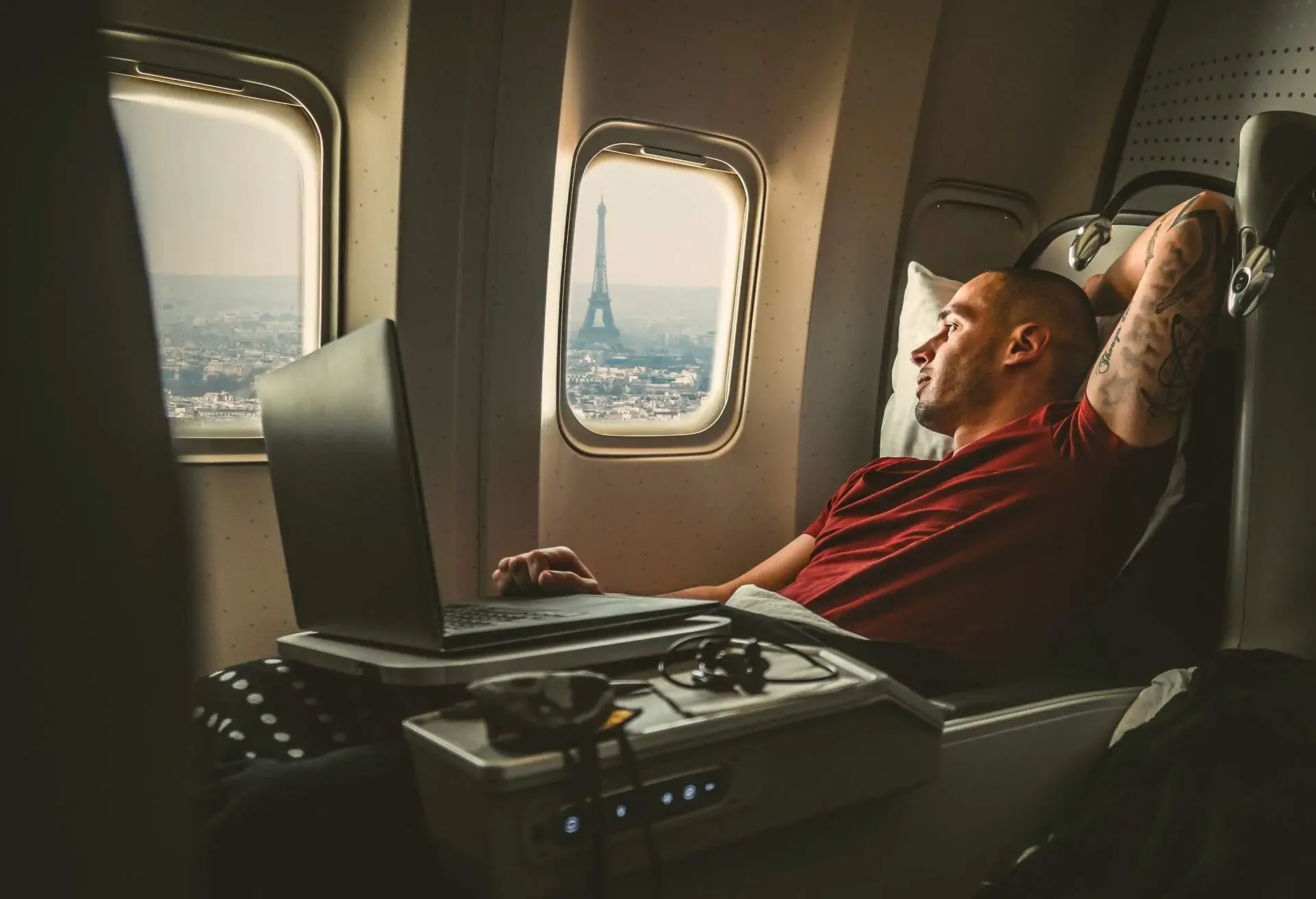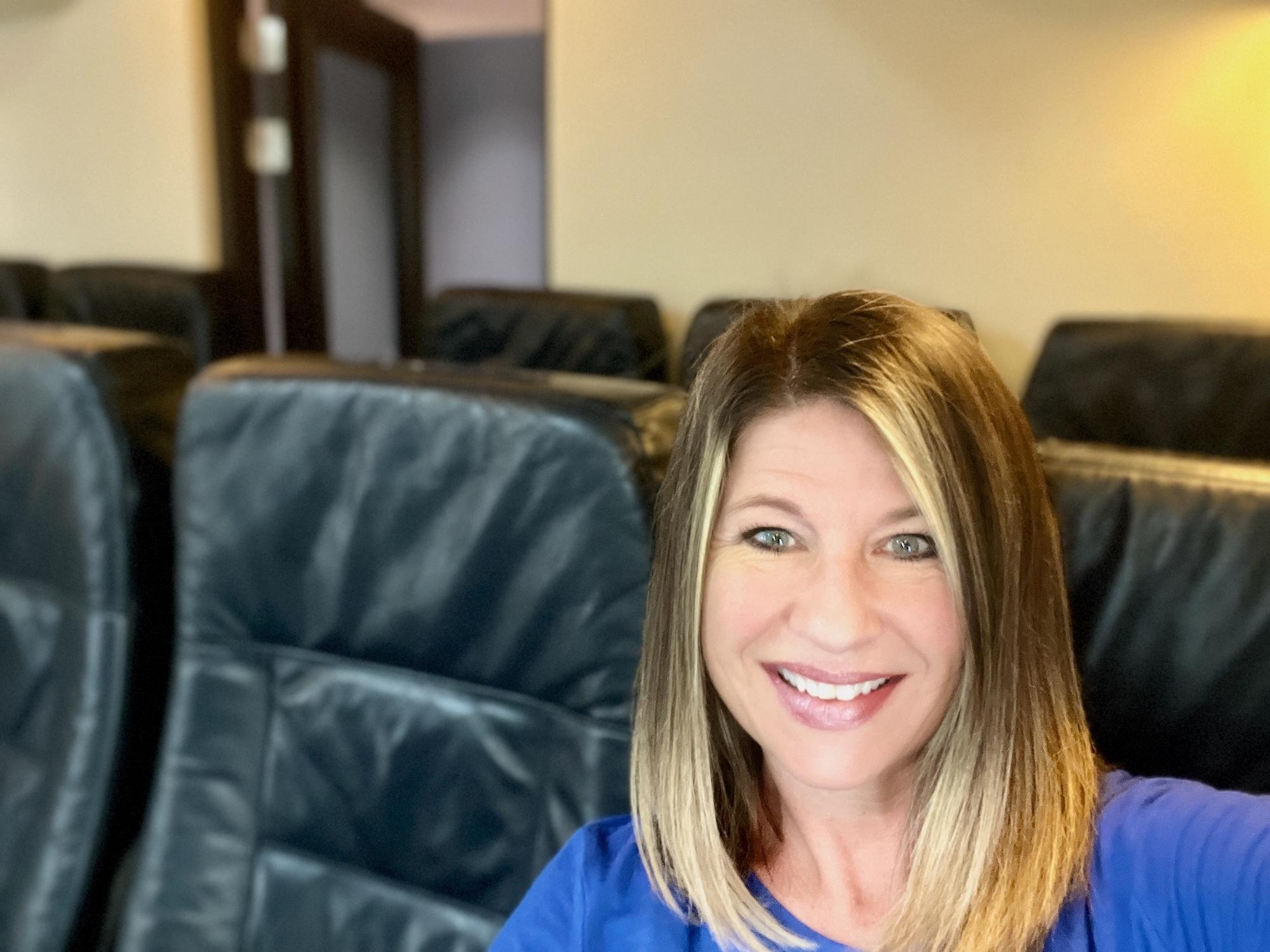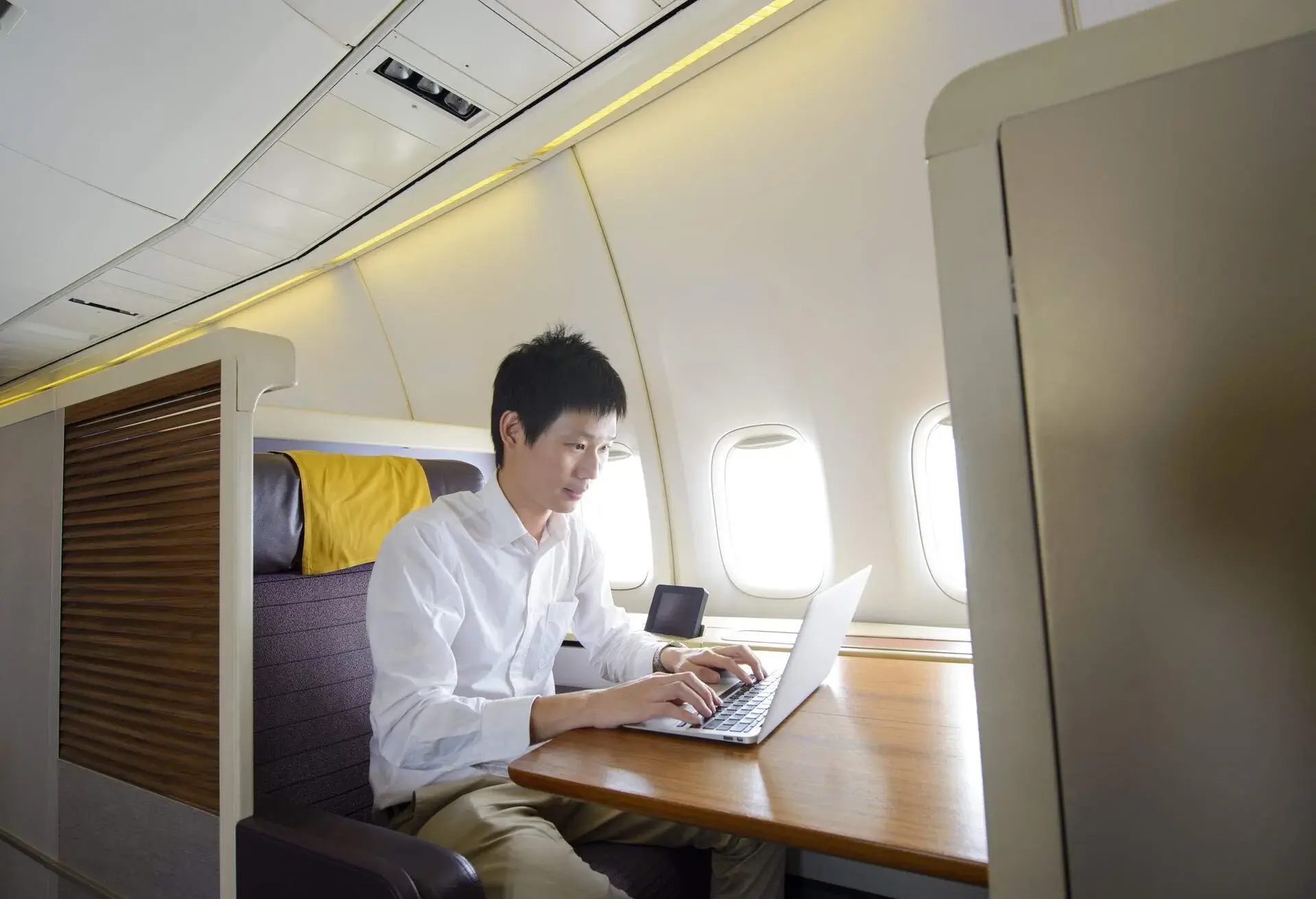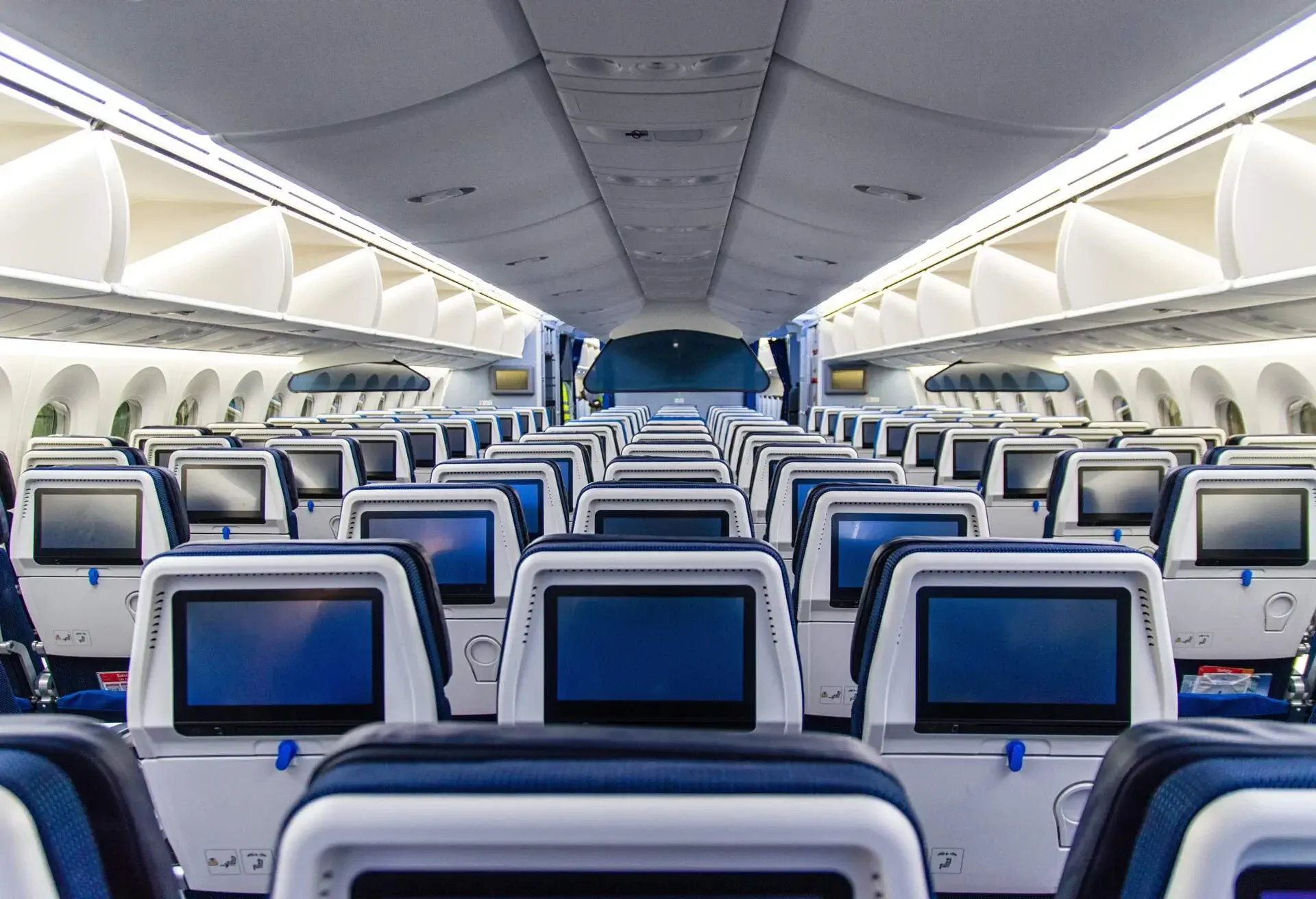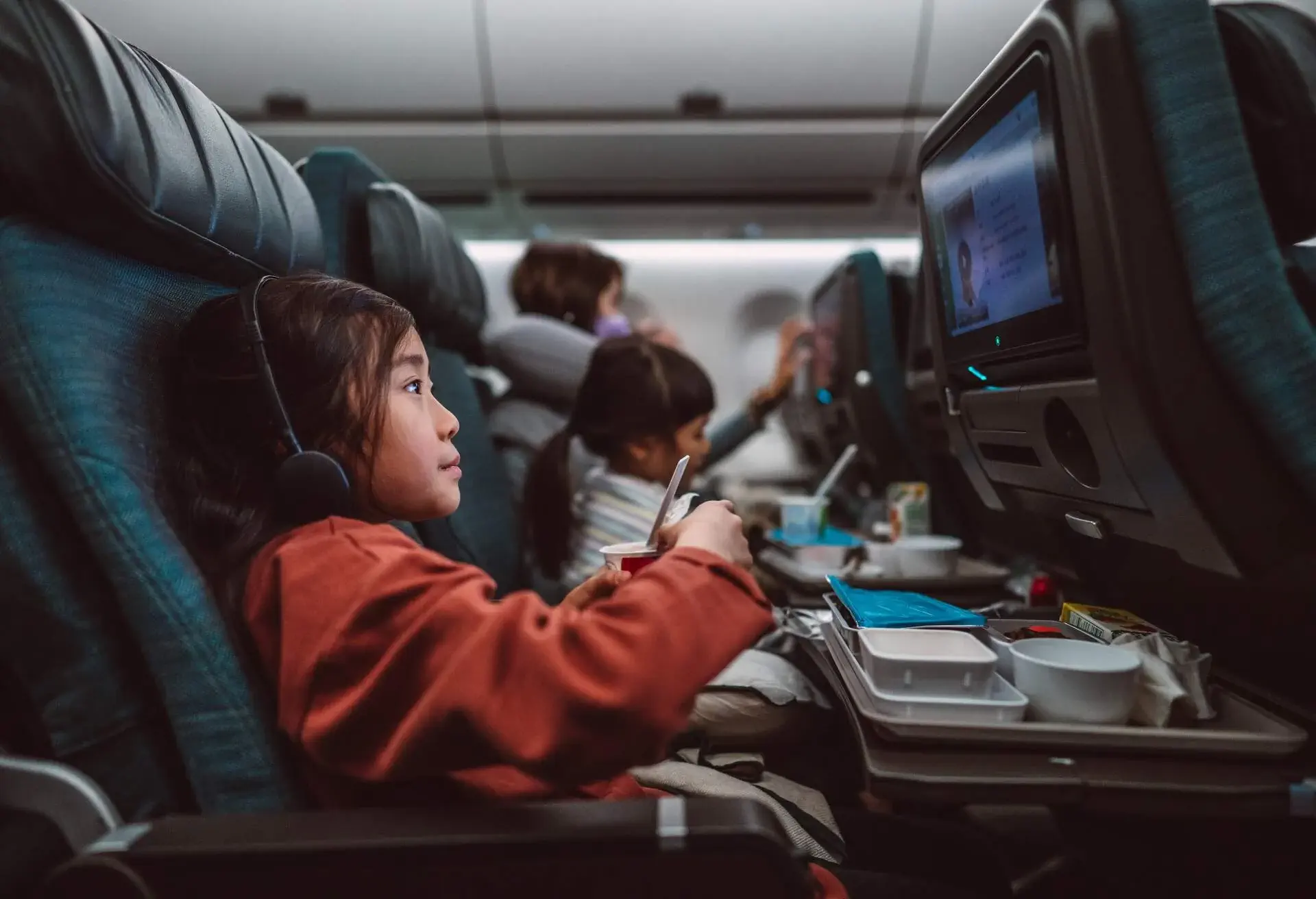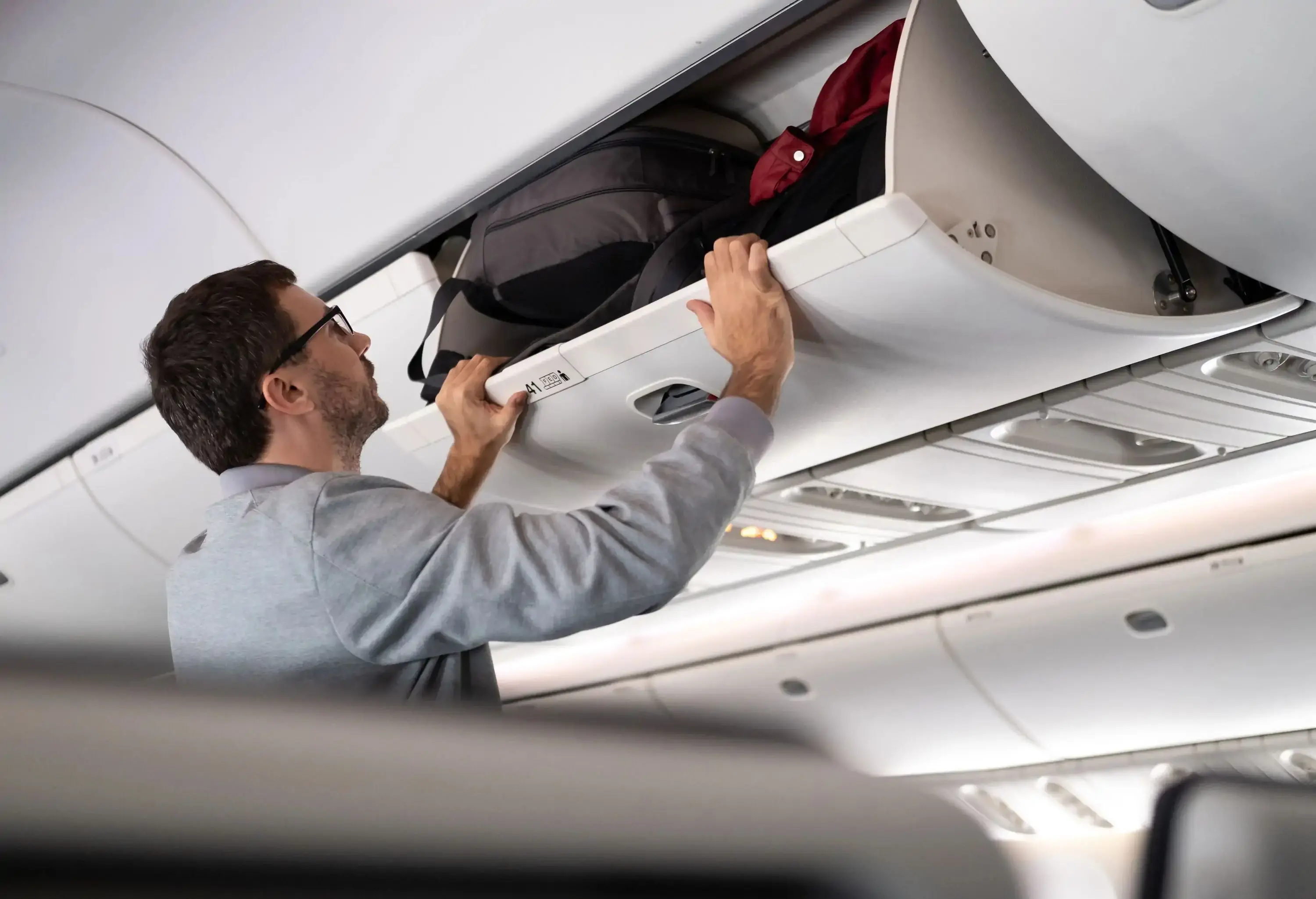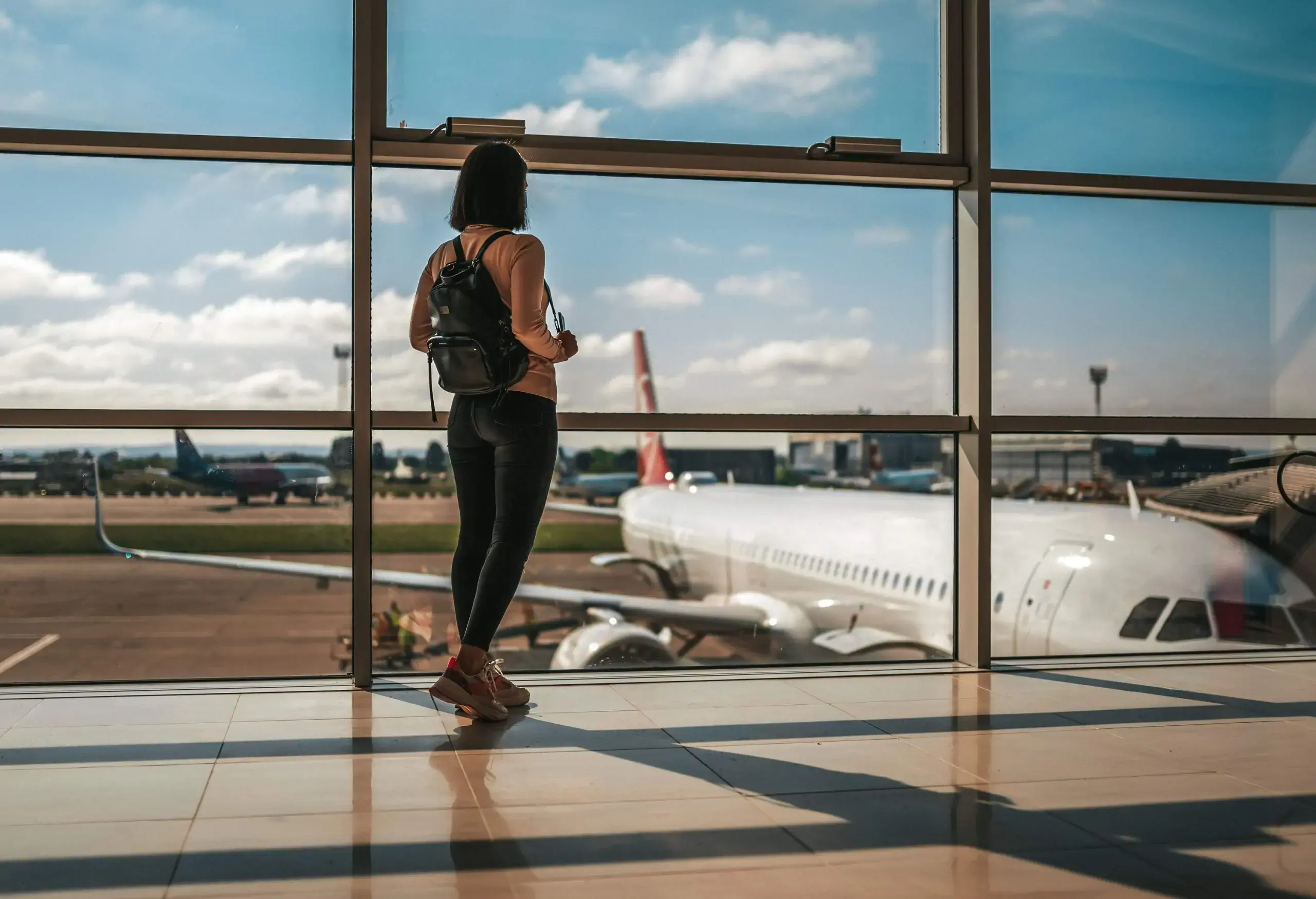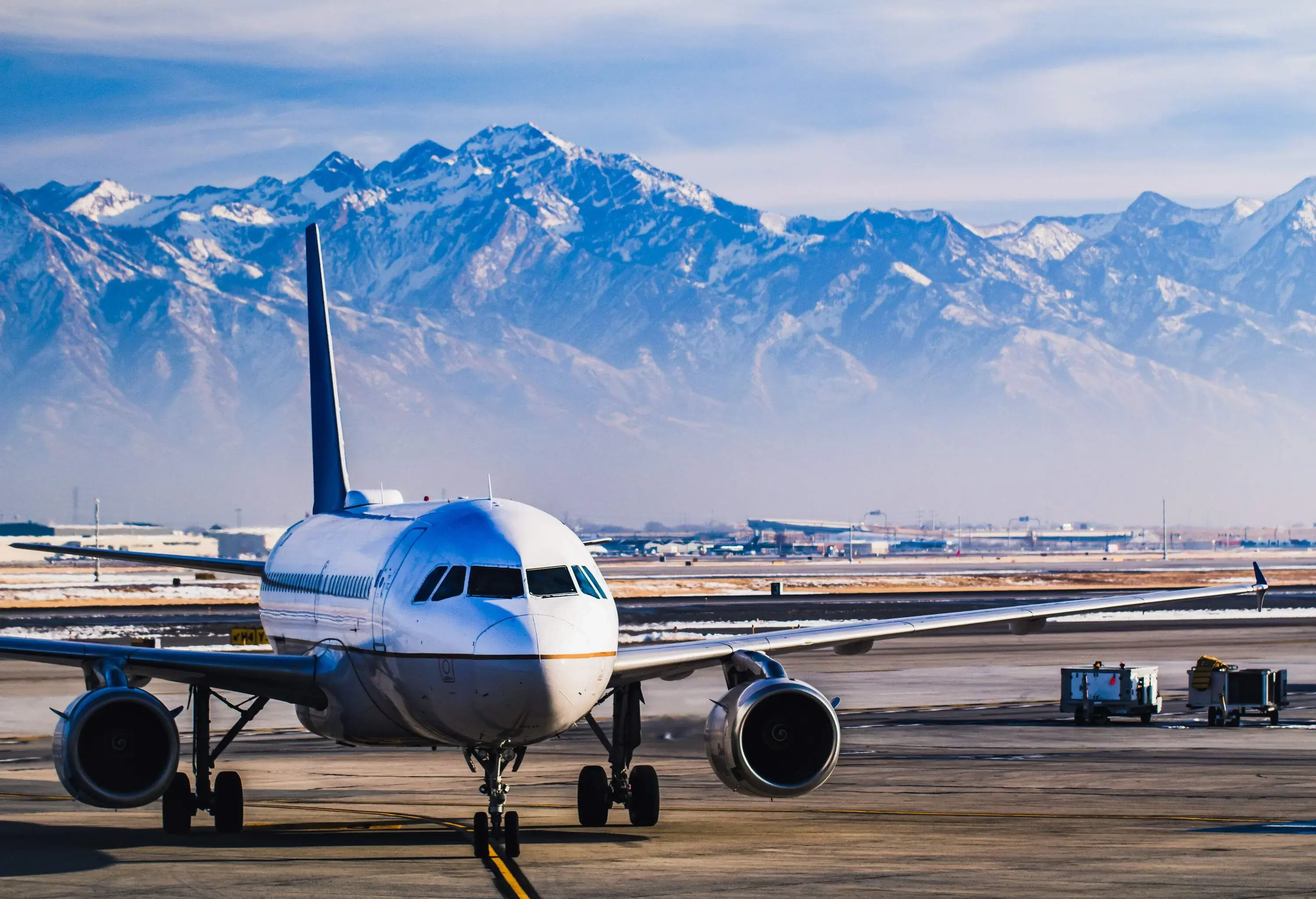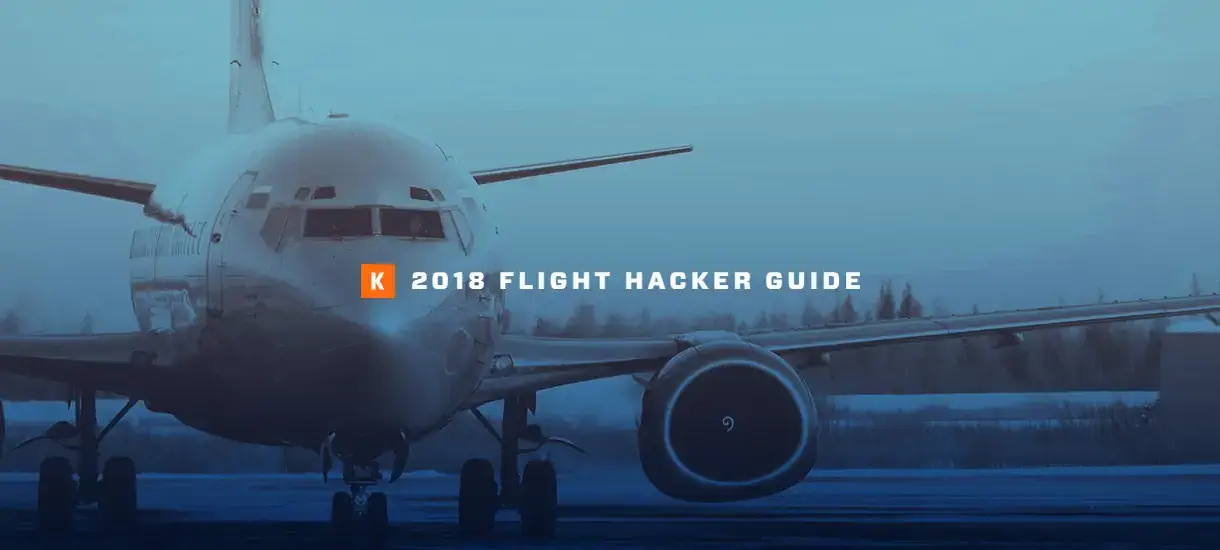Where you sit on an airplane can have a big impact on your travel experience. That’s why understanding the difference between flight classes is important before you book airfare.
You’ll need to take several factors into consideration: budget, flight length, and whether you’re traveling solo or with family or friends.
And with several new airline fare classes available today – Premium Economy, we’re looking at you! – there are more options than ever. Here’s what to know about airplane seating classes.
1. What are airline cabin classes?
Business and First class cabins are sometimes grouped together when talking about premium class travel, which not only refers to a specific fare class and cabin for many airlines but also can have a broader context, meaning the higher-priced seats in the front of the plane.
And more travelers than ever are willing to pay for those perks: According to a report from the International Air Transport Association (IATA), Business and First Class travel grew by 11.8% in 2024.
Depending on the size of the airline or aircraft or duration of the flight, there may only be one cabin available – economy. But economy cabins can vary widely across airlines, especially when comparing major carriers with budget airlines. For example, Economy Class on Singapore Airlines is all but guaranteed to be a notably more luxurious experience than its counterpart on a low-cost carrier.
2. What are the differences between flight classes?
Look at the seating map for both the airline and aircraft type you’re flying – doing some research ahead of time really pays off when it comes to picking the cabin that will best fit your budget and expectations.
To help you compare at a glance, here’s how the four main cabin classes usually differ across airlines:
| Feature | Economy Class | Premium Economy | Business Class | First Class |
|---|---|---|---|---|
| Seat type | Narrow seats, limited recline (2–3 inches), last to board | Wider seats, more recline, often near front of plane | Lie-flat or angled flat seats, direct aisle access, and sliding privacy door on many airlines | Fully lie-flat beds or private suites; some with showers |
| Space | 28–32” pitch, limited legroom, often no early seat selection | 34–38” pitch, partitioned cabin on long-haul, amenity kit usually provided on long haul | 55–78” pitch, much wider seats, extra privacy | Largest seats, full suites on some carriers, hotel-like comfort |
| Meals | Varies: buy-on-board for budget; complimentary snacks and meals on many international routes | Upgraded meals, complimentary beverages | Multicourse dining, welcome drink on boarding, extensive drink selection | Restaurant-quality dining, celebrity chef-designed menus, premium wines and liquor |
| Baggage | Carry-on + personal item; checked bags often extra on domestic; sometimes free internationally | 1–2 checked bags usually included; priority baggage | 2 checked bags standard, priority handling | 2–3 checked bags, top priority handling |
| Lounge access | Not included (unless via status or paid) | Rare, but available on select airlines (e.g., JAL) | Standard with ticket, global network of lounges | Exclusive lounges, private check-in areas, spa/bedrooms at hubs |
| Boarding and check-in | Last to board; limited check-in flexibility | Priority boarding and check-in | Priority check-in, expedited security, priority baggage | Dedicated check-in line, fastest boarding, minimal wait time |
| Extras | In-flight entertainment and Wi-Fi vary by airline; seat choice often paid | Amenity kits (socks, eyeshades, toothbrush), usually blanket and pillow | Luxury bedding, duvets, loungewear, wider IFE selection | Luxury amenity kits, premium brand toiletries, showers, private attendants |
Economy.
Economy seats are the no-frills option and a good fit for budget-conscious travelers or those who don’t need luxury perks. Also known as standard or main cabin seats (and, previously, coach), this is the most affordable flight class. Seats in Economy are narrower than in other cabins, with less legroom.
And what’s included in an Economy ticket varies can vary significantly between carriers – on some, it doesn’t come with any extras, and in-flight food, Wi-Fi, and luggage need to be purchased separately. Other carriers might include complimentary perks like snacks, drinks, and in-flight entertainment.
What’s included for free for an Economy ticket also can depend on flight duration and/or destination. For example, Economy on a long-haul international flight by a major carrier usually means that one bag is included for free, as well as complimentary alcoholic drinks onboard. However, on domestic flights those extras usually cost extra.
Premium Economy.
Premium Economy offers a notable upgrade on standard Economy seats without ramping up the ticket price too much, making it a great option for frequent travelers looking for a slightly more comfortable option. Main perks include wider seats and more legroom, though at a much lower price than Business or First Class. Premium Economy may be separated from other seats by a partition and usually offers seats in a more desirable part of the plane (such as near the front).
On domestic flights, the “Premium” element usually just refers to the fact that this cabin offers better seats on an aircraft. However, on some international flights, Premium Economy may offer perks like better food, a higher baggage allowance and free amenity kits.
Business Class.
Travelers looking for a luxurious option but don’t want to stump up for first-class go for Business. Business is definitely a big step up from Economy, offering more comfortable seats that are wider and can either recline or lie flat, full, or multi-course meals (some of which are served on good China rather than disposable trays) and personal bar service. Naturally, offerings vary depending on different airlines, so it’s worth checking what each one offers before booking.
Lounge access is another great perk that comes along with buying a business-class ticket, particularly if you’re making a stopover on a long-haul journey. For the best deals, check out KAYAK’s handy guide on buying cheap business-class tickets.
I don’t have the luxury of flying Business Class often, but that said, two of my favorite experiences have been with Air France and KLM. In addition to must-have features like privacy doors and lie-flat seats, these luxe cabins offer a distinct experience reflecting their home country. On Air France, you can expect excellent meals created by top French chefs, while KLM features charming Dutch touches, most notably a mini ceramic Delft blue house that’s a replica of a real building in the Netherlands. A new huisje comes out every year, and they’re a highly coveted collectible among frequent flyers.
from travel expert Blane Bachelor
First Class.
It doesn’t get any better than First Class, the crème de la crème of the onboard experience. This is the most luxurious option available for commercial flying, and you can expect ticket prices to reflect that. That said, not all airlines offer a true First Class experience: some have scrapped the product altogether in favor of an improved Business experience that rivals First Class, but with a slightly lower price point.
Passengers in this coveted cabin get to enjoy the benefits before they even get on board, with access to dedicated check-in lines and exclusive lounges. First-Class passengers also board first, and while offerings vary vastly depending on the airline, typically you can expect seats that flatten fully, multi-course, celebrity chef-curated meals with wine pairings, excellent service, and special privacy features like sliding doors and noise-cancelling headphones.
Increasingly, more First Class cabins look and feel like mini apartments in the sky, with fully flat beds, separate sitting areas, showers, and loungewear. Emirates, Etihad, and Singapore Airlines are a notable few of the carriers that have amped up their already impressive First-Class experience with tricked-out suites that make flying a true luxury.
3. How much does each flight class cost? A breakdown by cabin type.
From legroom to lie-flat seats, cabin class comes at a cost. We looked at flight searches across KAYAK to see how prices compare between Economy, Premium Economy, Business and First – so you know what you’re paying for when you upgrade.
If you’re flying domestically, expect to pay around $1,784 for a Business Class ticket. Go international and that jumps to $4,227. Economy remains the budget-friendly pick, with average prices at $316 for domestic and $868 for international flights.
Premium and First Class fall somewhere in between: premium seats average $732 domestically and $2,124 internationally, while first class soars to $846 and $4,361, respectively.
The bottom line: The farther you fly and the fancier you sit, the steeper the fare.
The data insights are based on the analysis of searches made on KAYAK.com and associated brands, between 2024-03-01 and 2025-08-31 for traveling between 2024-09-01 and 2025-08-31.
4. What are airline fare classes and what do they mean?
Also known as booking codes or booking classes, fare classes are how airlines categorize every seat on a plane. Each fare class comes with a different price and set of rules. Airlines use fare classes to help control inventory and determine how many tickets can be sold at a particular price.
However, it’s important to understand the difference between cabin class – Economy, Premium Economy, Business, and First – and the fare class or booking code, which refers to the one-letter code within a cabin that determines price, flexibility, and perks.

What is the fare basis code?
The fare basis code – a series of 1-8 alphanumeric characters, including the one-letter codes discussed below – holds key information including the price of your ticket, how many air miles you’ll earn for the flight, and the level of flexibility you have to make any changes. Fare basis codes also affect the following:
- Possibility for a refund
- Cancellation or change penalties
- Advance purchase requirements
- Seasonal pricing rules
- Upgrade eligibility
Within that larger code, fare classes are identified by one-letter codes, which you’ve probably noticed on your boarding pass without realizing what they mean (I know I have). Fare codes vary from airline to airline, and a specific cabin doesn’t always mean only one fare class. Within cabin classes, there can also be multiple fare classes: for example, Y, M, K, and L in Economy.
That said, there are some general rules of thumb. The first letter in the fare basis code usually represents the following fare classes:
- Y: Full-fare Economy-Class ticket
- W: Full-fare Premium Economy Class ticket
- J: Full-fare Business-Class ticket
- F: Full-fare First-Class ticket
Are booking codes standardized across airlines?
Not always. Different carriers may use slightly different booking codes, which is important to keep in mind. While Y, J, and F are fairly consistent, codes like W for Premium Economy may differ across airlines. For example, some carriers use P or E instead.
As a result, you can’t directly compare booking codes between airlines.
How booking codes affect upgrades and mileage earning.
Some discounted fares, such as Basic Economy tickets, may earn reduced or even zero miles. In addition, certain fare classes are not eligible for upgrades – even if seats in a higher cabin are available. Again, this is where some research can help you avoid unpleasant surprises later.
4. Tips on choosing the best class and fare.
Here are a few tips and tricks to make sure you’re getting the most out of your next flight booking:
- Generally, the cheaper the fare class, the more restrictions it comes with.
- Even with a few rules of thumb, fare classes and booking codes can vary by airline. So consult them directly and do a flight class comparison to ensure you’re scoring the best deal for your purchase.
- It’s important to know which fare class you’ve booked, as that will help you fully understand how it will affect your experience. For example, certain fare classes prohibit upgrades or could earn you more points than others. Knowledge is power when it comes to making the most of airline deals and restrictions.
FAQ: Flight classes explained.
Tough to say. If you can afford it, why not? But for mere mortals, generally speaking, it’s probably not. However, if you’re looking at a very long layover or extended time in the airport, the lounge access could make it worth the price.
Premium Economy is a big step up from Economy, with bigger seats, better meals, and a generally more luxurious experience. Economy seats, meanwhile, don’t come with many extra perks.
The bump from Business to First Class, if it’s available on your flight, can come with some notable luxe perks: access to a shower, restaurant-quality meals, and perhaps even a chauffeured ride to the flight. If you can swing it financially, more power to you. But in our humble opinion, Business Class on most airlines is exclusive enough.
There is a lot of wizardry that happens behind the scenes regarding how airlines award upgrades. In other words, it’s not a straightforward answer. But don’t expect to ask for one at the check-in desk (or while boarding) and – viola! – you’re headed to First Class. Airlines are way stingier than they used to be when it comes to issuing upgrades for free.
That said, most airlines prioritize status when it comes to awarding upgrades. That is, loyal passengers (i.e., those who have spent lots of money) are most likely to score upgrades simply by requesting them when they book or check-in. Passengers without status can buy an upgrade with cash, points, or sometimes a voucher. And some discounted or sale fares are ineligible for upgrades.
Often, yes. Airlines often calculate miles earned based on both the fare paid and the cabin class, so a higher fare and cabin usually means more miles earned. But airline loyalty programs can differ, so check your carrier’s specific rules.

